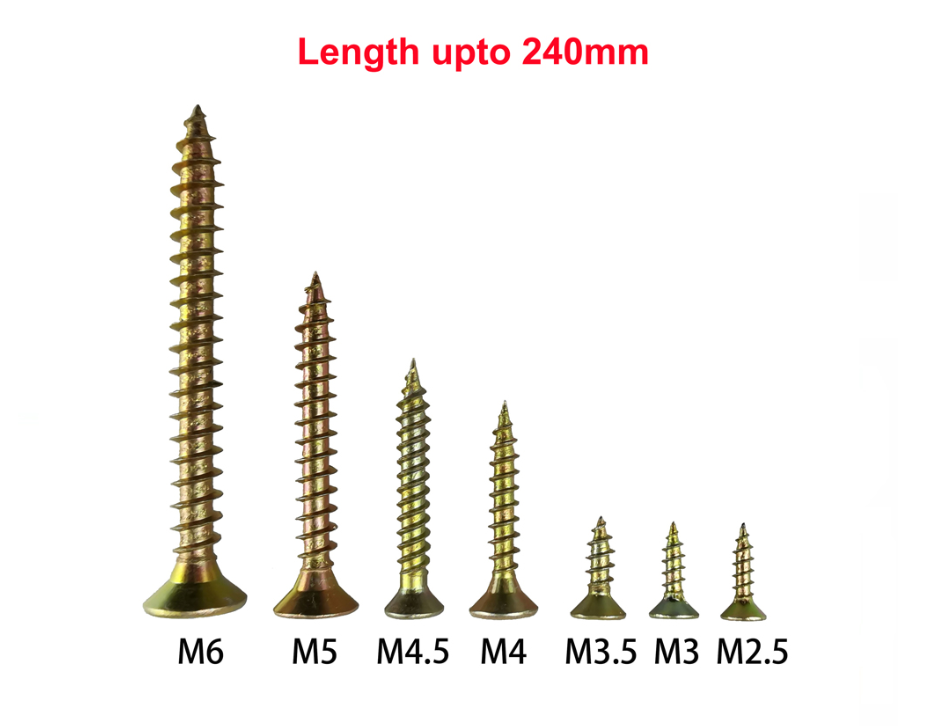Comparison of Fender Washers and Flat Washers to Determine Best Fit for Your Needs
Fender Washers vs. Flat Washers Understanding the Differences
When it comes to mechanical fasteners, washers play a crucial role in distributing loads, preventing damage to surfaces, and providing a secure fit. Two common types of washers are fender washers and flat washers. While they may seem similar at first glance, each has unique characteristics and applications that make them suitable for different tasks. This article delves into the key differences between fender washers and flat washers, helping you to choose the right one for your project.
What are Flat Washers?
Flat washers are simple, disc-shaped fasteners with a central hole that allows them to fit over a bolt or screw. They are typically made from materials like metal, plastic, or rubber and come in various sizes and thicknesses. The primary function of a flat washer is to distribute the load of the fastener over a larger surface area, thereby protecting the material being fastened from damage. They are commonly used in various applications, including construction, automotive, and electronics, making them one of the most versatile fasteners in any toolkit.
What are Fender Washers?
Fender washers, on the other hand, are similar to flat washers but feature a significantly larger outer diameter. The increased surface area makes fender washers particularly effective in applications where it is essential to distribute loads over a broader area, thus preventing pull-through and damage to the material being used. Commonly made from metal, fender washers are used in various situations, including automotive repairs, furniture assembly, and outdoor projects where stability is essential.
Key Differences
fender washer vs flat washer products

1. Size and Shape The most noticeable difference between fender washers and flat washers is their size. Fender washers have a larger outer diameter, which makes them ideal for supporting heavy loads on thinner materials. In contrast, flat washers maintain a consistent size, making them suitable for various standard applications.
2. Load Distribution Due to their larger surface area, fender washers excel in load distribution, effectively reducing the pressure on the surface material. This property makes them particularly useful in applications where materials are susceptible to cracking or deformation. Flat washers, while still effective at load distribution, do not provide the same level of surface coverage as fender washers.
3. Application For instance, when securing a bolt in a thin sheet of metal, a fender washer would be preferred over a flat washer to prevent the bolt from pulling through. Conversely, flat washers can be used in electrical connections, where space is limited, and less load distribution is required.
4. Cost and Availability Generally, flat washers tend to be more cost-effective and widely available than fender washers. This can be an important factor for projects with a tighter budget or where a higher volume of fasteners is needed.
5. Aesthetic Considerations In applications where appearance matters, such as in furniture or decorative projects, fender washers can also serve a dual purpose, acting as aesthetic accents due to their larger size and surface area. Flat washers are typically less conspicuous.
Conclusion
Understanding the differences between fender washers and flat washers is essential for selecting the right type for your project. Each washer type offers unique advantages depending on the application, load requirements, and material thickness. By carefully considering the specifics of your task, you can ensure that you choose the most effective washer for the job, ultimately leading to better performance and longevity in your projects. Whether you're tackling an automotive repair or assembling furniture, the right washer can make all the difference.
-
Top Choices for Plasterboard FixingNewsDec.26,2024
-
The Versatility of Specialty WashersNewsDec.26,2024
-
Secure Your ProjectsNewsDec.26,2024
-
Essential Screws for Chipboard Flooring ProjectsNewsDec.26,2024
-
Choosing the Right Drywall ScrewsNewsDec.26,2024
-
Black Phosphate Screws for Superior PerformanceNewsDec.26,2024
-
The Versatile Choice of Nylon Flat Washers for Your NeedsNewsDec.18,2024










